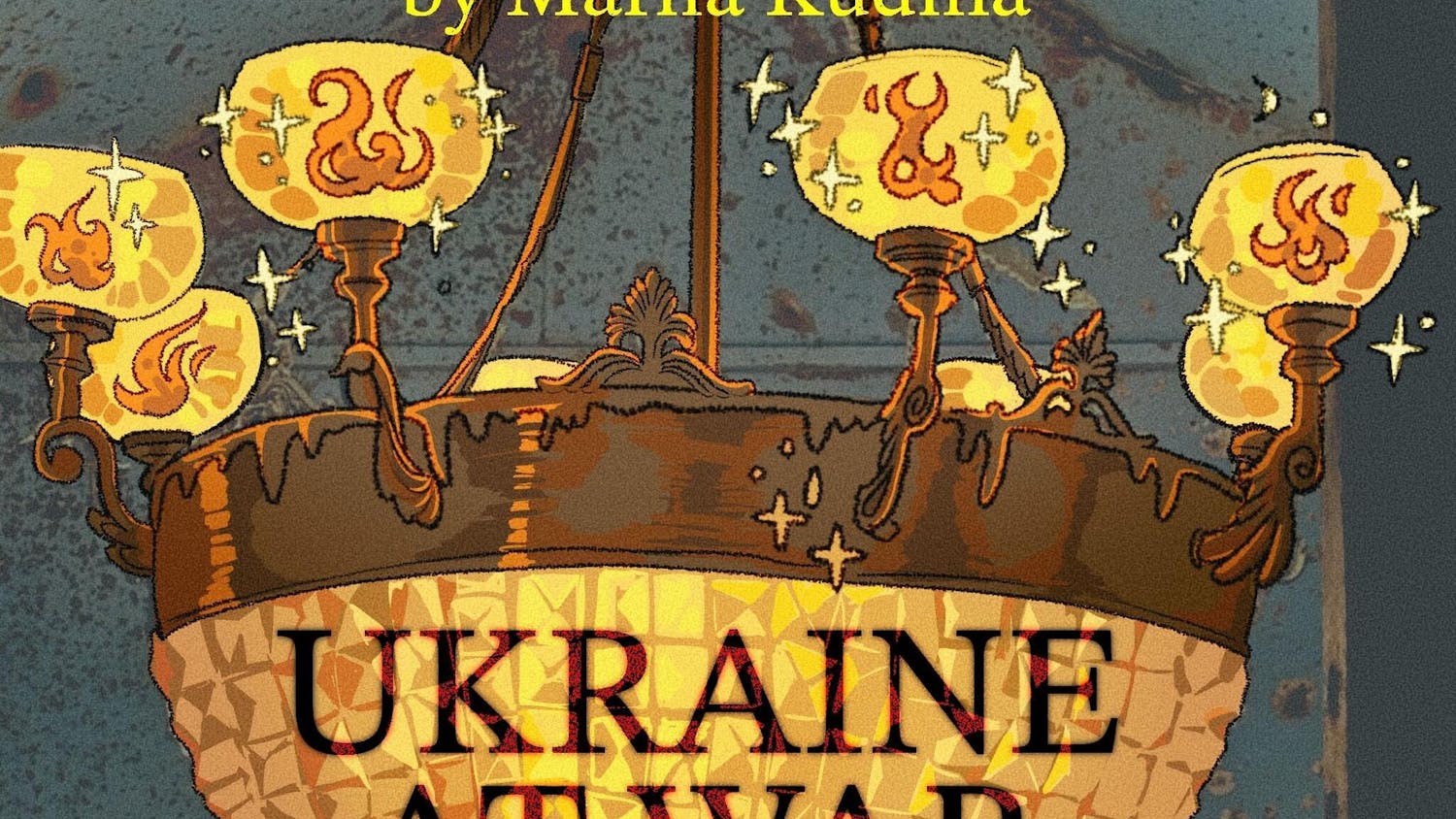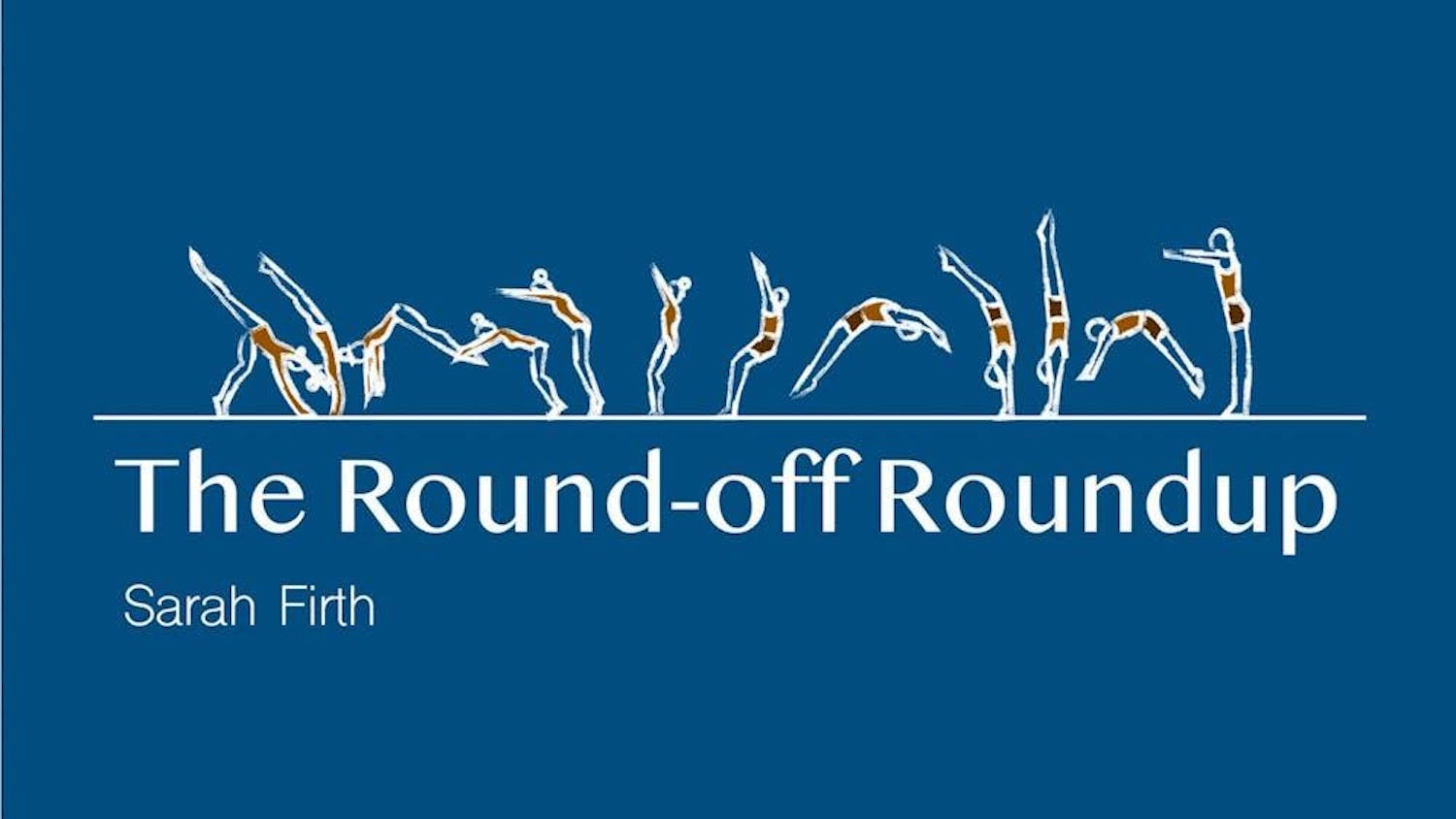My pops is old school. Each week, he sends me movie articles cut out from The New York Times or The Wall Street Journal. While the rest of the world depends on iPads and Twitter, my father still gets the tips of his fingers dirty from newspaper print. His colleagues are developing bionic thumb muscles due to overactive BlackBerry scrolling, and he is single−handedly keeping snail mail in business. Sure, it would be easier for him to send me a link in an email, but there is something refreshing about opening up an envelope and reading a clipped news article.
A few weeks ago, my father sent me an article from the Times about "The Artist," a black−and−white silent film coming out in a limited release on Nov. 23. Don't worry if you have to read that sentence twice; I was confused as well. "The Artist," directed by Frenchman Michel Hazanavicius, is not a re−release of an old movie but a contemporary film made without any dialogue about a fading male actor and a rising female actress who fall in love. Somewhere in Los Angeles, Aaron Sorkin is shaking his head.
Hazanavicius certainly has chutzpah. In this era, you need to be half−crazy to make a film without any dialogue. Additionally, you need a handful of half−crazy producers willing to fund a 100−minute silent movie shot in black−and−white. But early reports — including the article mailed by my father — suggest that Hazanavicius meticulously researched the film culture from the 1920s for months before coming up with the story. So far, critics love the film, and male lead Jean Dujardin is generating serious Oscar buzz after winning the Best Actor Award at this year's Cannes Film Festival.
I am surprised at myself for thinking this, but I am very excited to see "The Artist." Older films — pre−1960 — often bore me. I appreciate the way "Citizen Kane" (1941) contributed to the development of filmmaking techniques with crane shots, the use of montage, etc., but I consider the story dull and overly conventional. Many older films have flat characters. The acting is frequently overdramatic. Plenty of modern films suffer from the same shortcomings, but at least in independent films, writers and directors attempt to generate more complex plots and characters.
Yet "The Artist" intrigued me immediately. Producing a silent film from a 21st−century perspective could counteract the typical monotony commonly found in older films. Hopefully, Hazanavicius finds a way to blend the charm of old Hollywood with the nuance of present−day indie filmmaking.
Today's audiences may not be ready to support "The Artist," but it's about time we had a fresh idea. Hollywood studios seem content to roll out more recycled material each year. There's a little too much white noise out in theaters for my liking. I saw the disappointing "J. Edgar" (2011) over the weekend, a movie stuck with an amateurish screenplay that had characters spelling out their feelings. And this kind of film is supposed to be the cream of our cinematic crop: Clint Eastwood directs, Leonardo DiCaprio stars, Dustin Lance Black — who deservedly won Best Original Screenplay for "Milk" (2008) — pens the script. However, aside from DiCaprio's solid performance, "J. Edgar" was very average.
Maybe silence is not such a bad option. Maybe we need to restrain the talk−talk−talk trend championed by Sorkin, Quentin Tarantino and Diablo Cody just a little bit, because not all filmmakers are capable of pulling off that brand of excessive, speech−prone dialogue. "The Artist" may be the perfect film for right now — a little old−school flair to put us back in the right direction.
--
Jordan Teicher is a senior majoring in English. He can be reached at Jordan.Teicher@tufts.edu.





